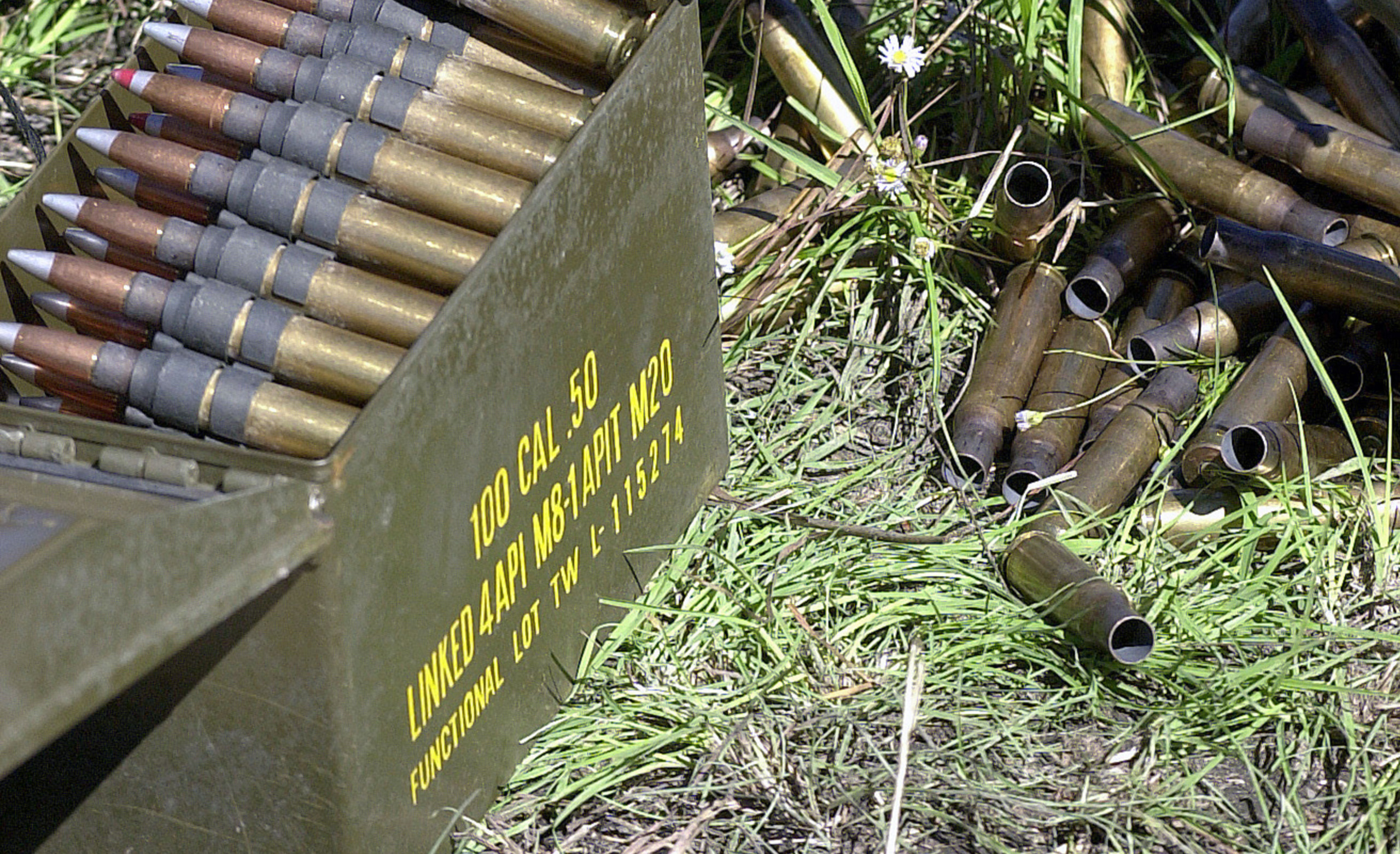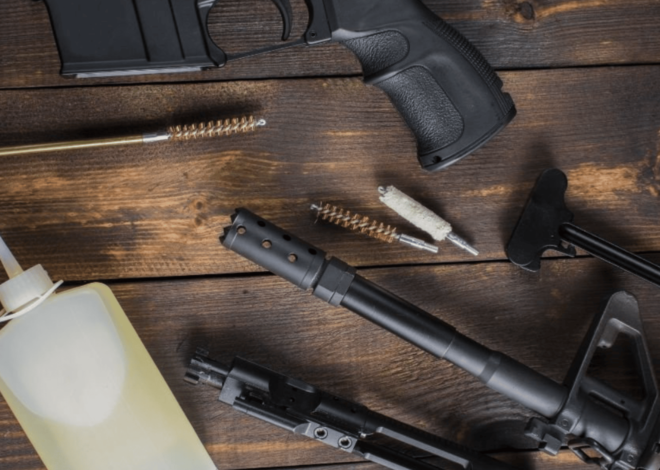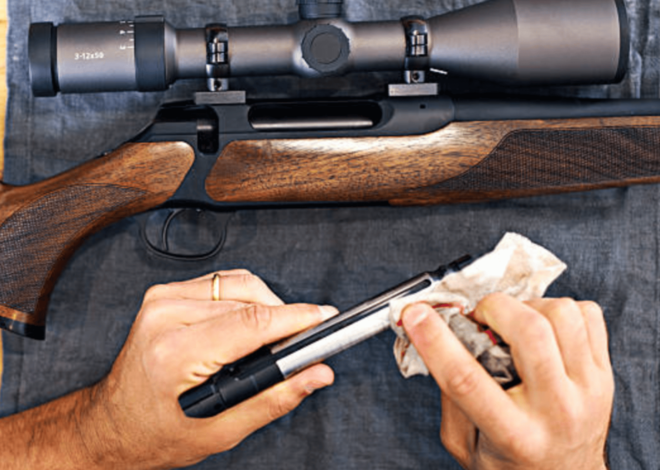
How To Safely Store Ammunition
Welcome to our step-by-step guide on how to safely store ammunition. Storing ammunition may not seem like a thrilling topic, but it’s crucial for every gun owner. Proper ammunition storage can mean the difference between safety and disaster.
Whether you’re an experienced shooter or a novice, understanding how to safely store your ammo is essential. Imagine having easy access to your supplies while knowing they’re securely stored. The peace of mind that comes from responsible storage practices is invaluable.
In this guide, we’ll explore everything you need to know about storing ammunition safely and effectively. From selecting suitable containers to maintaining ideal conditions, let’s dive into the best practices that will keep you—and those around you—safe and prepared.
Why Safe Storage is Important
Safe storage of ammunition is essential for several reasons. First and foremost, it ensures the safety of everyone in your household. Improperly stored ammunition can lead to accidental discharges or unwanted access by unauthorized individuals. Furthermore, maintaining the integrity of your ammunition is crucial for reliable performance.
Exposure to moisture or extreme temperatures can degrade quality over time. This could potentially cause misfires when you need them most. Moreover, adhering to safe storage practices helps you comply with legal regulations regarding firearm ownership and ammunition storage in many regions.
Violating these laws can result in severe penalties. Responsible storage habits foster a culture of safety within the shooting community. It sets an example for others and contributes to overall public awareness about handling firearms responsibly.
Common Mistakes in Storing Ammunition
One of the most common mistakes in storing ammunition is neglecting to check for moisture. Humidity can lead to corrosion and degradation. Keeping ammo in damp environments, like basements, poses a serious risk. Another error is using improper containers.
Using cardboard boxes or non-sealed bags may seem convenient but offers little protection from elements. Opt for airtight, sturdy options designed specifically for ammunition storage. Failing to label different types and calibers creates confusion down the line. Without clear identification, you might grab the wrong rounds at critical moments.
Ignoring expiration dates on ammunition can be detrimental as well. Old ammo may misfire or fail altogether when needed most. Many underestimate the importance of securing their stockpile properly. Leaving it accessible puts both loved ones and others at risk while also potentially violating local laws regarding safe storage practices.
The Dangers of Improper Ammunition Storage
Improper ammunition storage poses serious risks that can affect both safety and property. One major danger is the potential for accidental discharge. If ammunition is stored in an unsecure location, it can easily be accessed by someone who lacks proper training.
Additionally, exposure to extreme temperatures or humidity can degrade ammo quality over time. This deterioration increases the likelihood of misfires or even catastrophic failures during use. Fire hazards are another critical concern. Storing ammunition near flammable materials creates a dangerous situation where a single spark could lead to disaster.
Improper organization complicates locating specific rounds when needed. Frustration may lead someone to handle ammo recklessly, further increasing risk levels. Proper precautions are essential for everyone who handles ammunition regularly. Understanding these dangers helps ensure safe practices and protects lives and property alike.
Tips for Safely Storing Ammunition:
A. Choosing the Right Container
Choosing the right container for your ammunition is crucial. The right storage solution can protect your ammo from environmental factors and enhance safety.
Look for containers made of sturdy materials like steel or high-quality plastic. These options provide excellent protection against moisture, dust, and physical damage.
Waterproof cases are a great choice if you live in an area with high humidity or frequent rain. They help keep moisture at bay, ensuring that your ammunition remains dry and effective.
Consider containers with secure latches or locks to prevent accidental openings. This feature adds an extra layer of security, especially in homes with children or pets around.
For those who prefer organization, choose stackable containers that allow easy visibility and access to different calibers. Keeping everything organized helps you quickly find what you need without rummaging through cluttered storage spaces.
B. Temperature and Humidity Control
Maintaining the right temperature and humidity levels is crucial for ammunition storage. Extreme temperatures can degrade the materials, affecting performance and safety. Ideally, keep your stored ammunition in a cool, dry place.
Temperature fluctuations can cause expansion and contraction of components within cartridges. This may lead to misfires or reduced accuracy during use.
Humidity plays an equally important role. High moisture levels can result in corrosion of metal parts and deterioration of powder stability. Using silica gel packets or dehumidifiers in your storage area helps combat excess moisture effectively.
Regularly monitor conditions with hygrometers or thermometers to ensure stability. Adjusting these environmental factors not only extends shelf life but also ensures reliability when you need it most. Proper attention to temperature and humidity makes all the difference in maintaining your ammunition’s integrity over time.
C. Keeping Away from Children and Pets
Storing ammunition safely means keeping it out of reach from children and pets. Curiosity can lead to dangerous situations if they find access to stored rounds.
Make sure your storage area is secure, ideally in a locked cabinet or safe designed for ammunition. This prevents any accidental handling and ensures peace of mind.
Consider the location as well; high shelves are not always enough if kids can climb them or if curious pets jump up.
Educating family members about the importance of firearm safety adds an extra layer of protection. Teach everyone that ammunition is not a toy and should be treated with respect.
Regularly check your storage methods as part of your maintenance routine. Safety isn’t just a one-time effort; it requires ongoing vigilance to ensure no accidental exposure occurs.
Different Types of Ammunition Containers
When it comes to storing ammunition, the type of container you choose plays a crucial role. There are various options available that cater to different needs. Metal ammo cans are a popular choice due to their durability and weather resistance. These sturdy boxes offer excellent protection against moisture and impact.
Plastic storage bins also provide versatility. They come in various sizes and can be easily stacked or organized on shelves. For those who prefer portability, soft-sided cases with padded interiors are ideal for transporting ammunition safely without sacrificing protection.
Specialized containers designed specifically for ammunition storage often include features like humidity control or locking mechanisms, enhancing both safety and longevity. Choosing the right container depends on your specific requirements such as quantity, environment, and accessibility preferences. Each option has its unique advantages that ensure your ammo stays secure over time.
Properly Labeling and Organizing Ammunition
Properly labeling and organizing ammunition is essential for safety and efficiency. When you have a variety of calibers or types, it can become confusing quickly. Clear labels help prevent mix-ups that could lead to dangerous situations. Start by using waterproof, fade-resistant labels.
Include details like caliber, quantity, and purchase date. This information makes inventory checks simple and helps with tracking how long your ammunition has been stored. Organizing your ammo in designated containers or shelves adds another layer of safety. Consider grouping similar types together—like hunting rounds separate from self-defense ammunition.
Use dividers or bins within larger storage units for added organization. Color coding can also be beneficial; different colors for various purposes make it easy to find what you need at a glance. Taking the time to label and organize not only enhances safety but also increases accessibility when you’re preparing for range days or outdoor activities.
Checking and Maintaining Stored Ammunition
Regularly checking your stored ammunition is essential for ensuring safety and reliability. Inspect each box or container periodically to identify any signs of corrosion or damage. Look for discoloration, rust spots, or cracks in the casing. These can indicate deterioration that might compromise performance.
If you find anything unusual, it’s best to dispose of the affected rounds properly. Maintain a consistent inventory log. This helps track what you have on hand and when it was last checked. Keeping this record also assists in identifying how quickly you’re using your stock.
Store ammunition away from fluctuating temperatures and humidity levels; these factors can impact longevity. When conditions change unexpectedly, reevaluate your storage setup promptly to protect your investment. Always adhere to recommended guidelines for care and handling as outlined by manufacturers. This ensures that you are acting within safe practices while managing your ammunition supply effectively.
Legal Considerations for Storing Ammunition
When storing ammunition, it’s crucial to be aware of the legal landscape surrounding firearm accessories in your region. Laws can vary significantly from one state or country to another. Some jurisdictions have strict regulations regarding storage methods and container types.
Research local laws to ensure compliance, especially if you plan on traveling with your ammunition. Keep records of your purchases as well. Having documentation can be helpful in case you need to prove ownership or legality during a routine check by authorities.
Additionally, consider any restrictions related to the amount of ammunition you may possess at home. Some areas impose limits that are important for responsible storage practices. Understanding these legal nuances helps maintain not just safety but also peace of mind while managing your supplies effectively. Always stay updated, as laws can change frequently.
Conclusion: Storing Ammunition Safely
Storing ammunition safely is essential for everyone who owns firearms. Proper storage not only protects you and your loved ones but also ensures that your ammunition remains in good condition over time. By choosing the right container, controlling temperature and humidity, and keeping it out of reach of children and pets, you can create a secure environment for your ammunition.
Remember to label and organize your stock effectively so that you can easily locate what you need when necessary. Regular checks on stored ammo will help identify any potential issues before they become serious problems. Stay informed about legal requirements regarding ammunition storage in your area to ensure compliance.
Taking these steps seriously enhances safety while maximizing the longevity of your ammunition supply. With careful planning and attention to detail, safe storage practices can provide peace of mind for firearm owners everywhere.



